From pv magazine Global, January 2019
In 2011, Siemens partnered with Arava Power to build the Ketura Sun PV farm in the Arava Desert – Israel’s first. At first, the site used a cleaning routine that involved manual labor and water use. The routine was performed around eight to nine times a year to avoid the most significant losses due to dust storms and extreme soiling. This would suffice elsewhere, but a daily cleaning routine can be advisable for desert installations. It does, however, present significant financial and logistical challenges.
Deserts, by virtue of being arid, afford some of the highest solar irradiation levels in the world. The absence of clouds and rain, however, also gives deserts their second prominent feature – a prevalence of dust. Soiling, primarily dust build up, of modules incurs remarkable performance losses and requires a fair bit of ingenuity to meet the challenge adequately.
Independent engineering firm PI Berlin, for example, estimates that performance losses through soiling in the desert can easily be as high as 1% per day, to reach over 20% after some time. By contrast, installations in more humid climatic regions usually don’t have performance losses exceeding 1% after a few weeks.
PI Berlin presented a white paper PV Module Cleaning this year highlighting that various cleaning approaches may be deployed depending on the surrounding conditions of a PV plant, and its size and mounting structure. Accordingly, truck mounted and semi-automated solutions are better suited for regions of generally low soiling, where variable cleaning cycles are sufficient. These require lower capital costs but have higher operational costs, due to manual labor and water requirements, than fully automated systems. In regions with high degrees of soiling where daily cleaning is required, fully automated and waterless systems are generally a better choice, despite the higher up-front investment.
In 2013, Siemens and Arava Power commissioned Israel-based module cleaning robot developer Ecoppia to trial its waterless fully automated system on a few tables of the Ketura Sun PV plant. The remaining tables were cleaned in six-week cycles using water and manual labor. “Following the successful pilot in Ketura, three months later, the entire site was equipped with the robotic cleaners performing daily cleaning for all panels on-site,” said Anat Cohen Segev, VP Marketing at Ecoppia to pv magazine. He added that Siemens and Arava Power subsequently decided to use the technology and five more PV plants in the region.
The list of issues is long
The problems come with the size of the dust particles. Larger particles can be blown off the module by wind or washed off by rain. However, microscopic particles cannot, which prevents self-cleaning of the modules. Such particles are partially water soluble, meaning that salts, encapsulated in the particle dissolve to a cement-like substance onto the module surface. Cleaning such a cemented layer off a module can require extensive scrubbing and may lead to damage of anti-reflective (AR) coatings.
Water procurement prompts additional challenges. Water is a precious resource, especially in highly arid desert regions. Many aquifers in the MENA region have little available water capacity. In some countries desalinated seawater is available; however, it is almost prohibitively expensive. With many large-scale solar plants located in extremely remote parts of the desert, piped water access is limited, and additional transportation with trucks may be required.
In this vein market intelligence and consulting firm Bridge to India, revealed in a report this year, India’s uptake of solar installation, together with inefficient cleaning methods, raises serious water risks to local residents and industry. In the dry state of Rajasthan, for example, water use for module cleaning has reached 600,000 m3, while the water tariffs over the last three to four years have doubled. The analysts, therefore pronounced a clear preference for waterless or water efficient cleaning systems.
This also applies to labor forces that might be required for some cleaning approaches. With many solar plants being built in very remote areas, transportation of O&M crews can be a lengthy and logistically demanding task. If the job cannot be done in a day, accommodation and catering near the site must be provided. Entirely autonomous cleaning systems require higher up-front investment costs.
Bridge to India estimates that such solutions would need $0.016/W, or 3% of overall capex of a plant. PI Berlin calculates that a fully automated system for a 10 MW plant costs around €450,000 to install. Both firms, however, highlight that the increased investment quickly amortizes, within two to three years, due to the omission of the challenges above, and increased power output of the plant.
PI Berlin provides a glimpse of future technologies for waterless cleaning. Some players are examining the viability of drone-based systems. This reduces the number of machines that are necessary and lowers stress on modules caused by the weight of cleaning robots, which are usually between 25 and 65 kg.
Using a high AC voltage electric field to move dust away, is another option that is being examined. The charged particles within the field oscillate along the field lines to eventually fall off the module edge. Since the system requires no brushes or other mechanical parts, it is said to be maintenance free. The modules themselves would supply the power. Ultrasonic cleaning is also in the development phases. These systems create a vacuum cavity in which the dust is carried off the surface – though, there are no market-ready solutions available as yet. With the utility-scale market in the MENA region booming, cleaning equipment providers are set to thrive with their solutions. Segev remarks, “we have rapidly scaled up and are now deployed in many utility-scale solar sites worldwide.”
This content is protected by copyright and may not be reused. If you want to cooperate with us and would like to reuse some of our content, please contact: editors@pv-magazine.com.
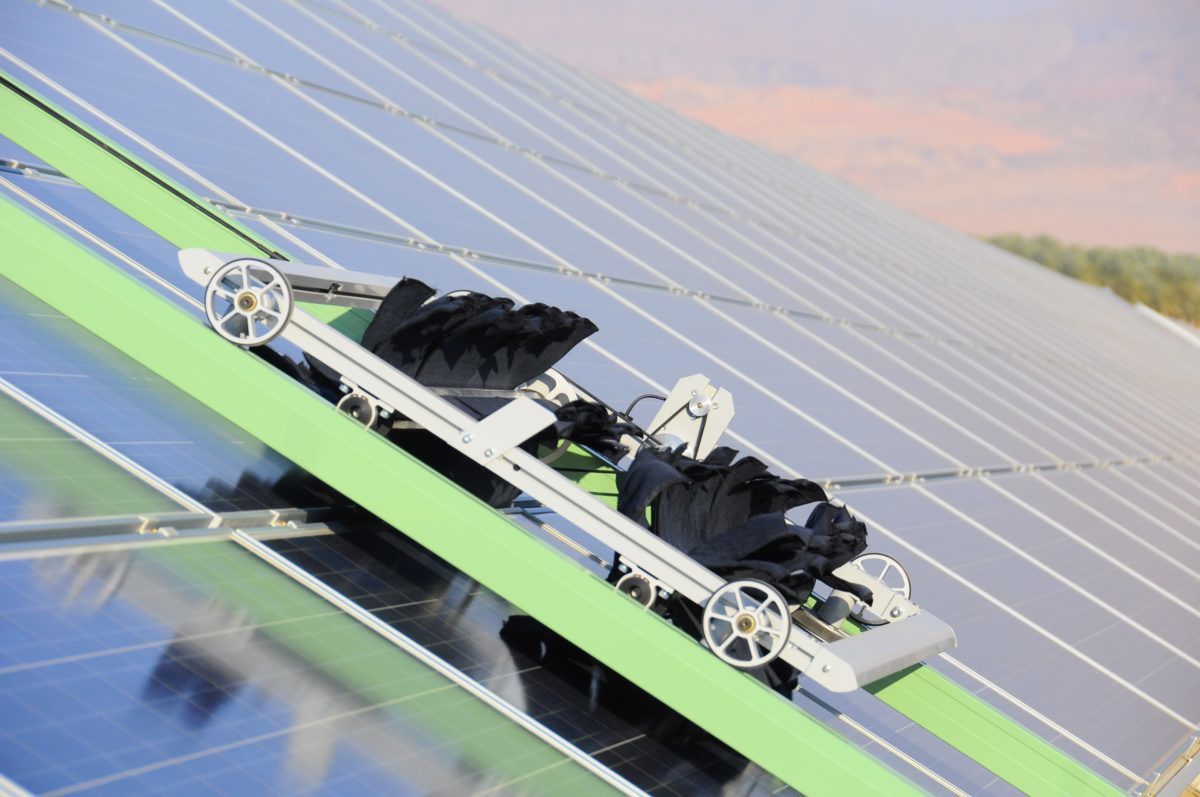
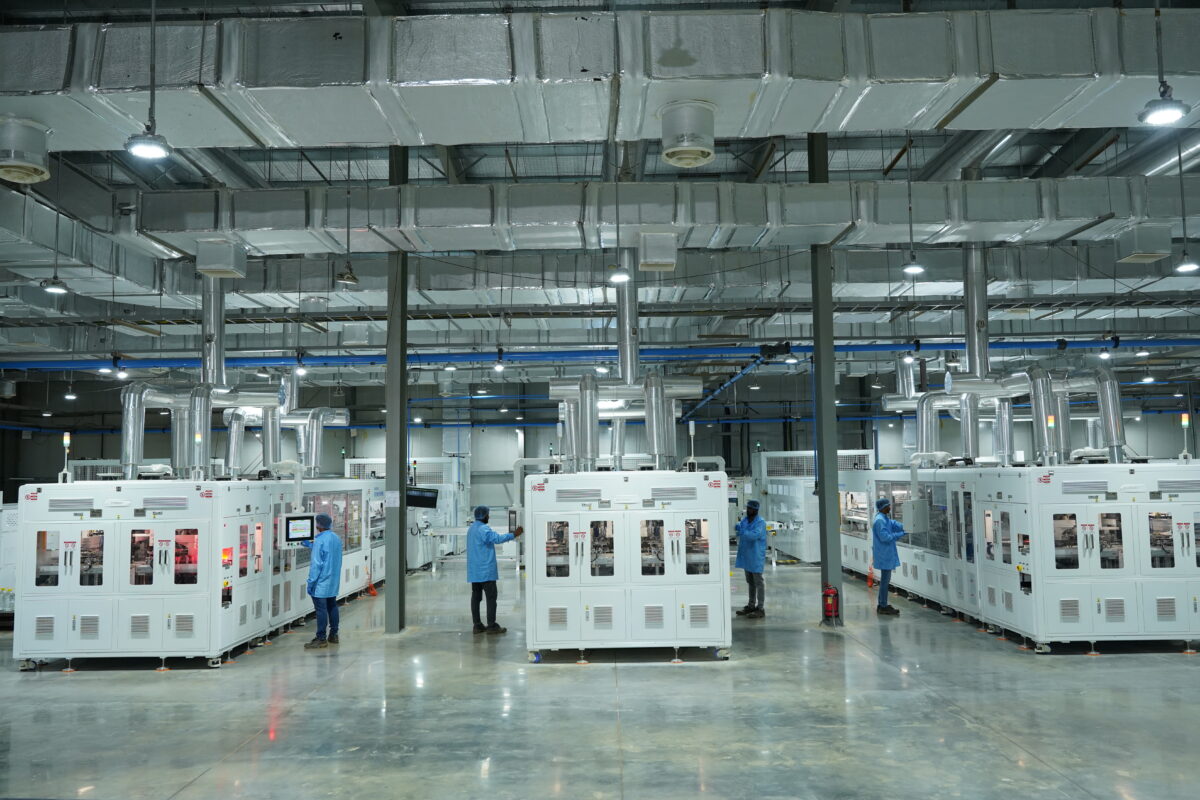




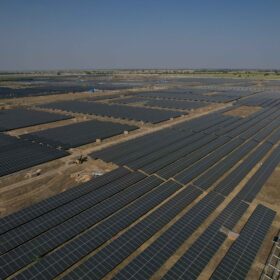
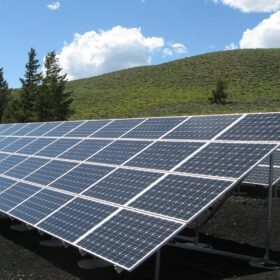
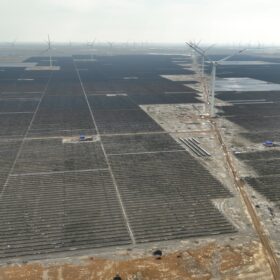
By submitting this form you agree to pv magazine using your data for the purposes of publishing your comment.
Your personal data will only be disclosed or otherwise transmitted to third parties for the purposes of spam filtering or if this is necessary for technical maintenance of the website. Any other transfer to third parties will not take place unless this is justified on the basis of applicable data protection regulations or if pv magazine is legally obliged to do so.
You may revoke this consent at any time with effect for the future, in which case your personal data will be deleted immediately. Otherwise, your data will be deleted if pv magazine has processed your request or the purpose of data storage is fulfilled.
Further information on data privacy can be found in our Data Protection Policy.